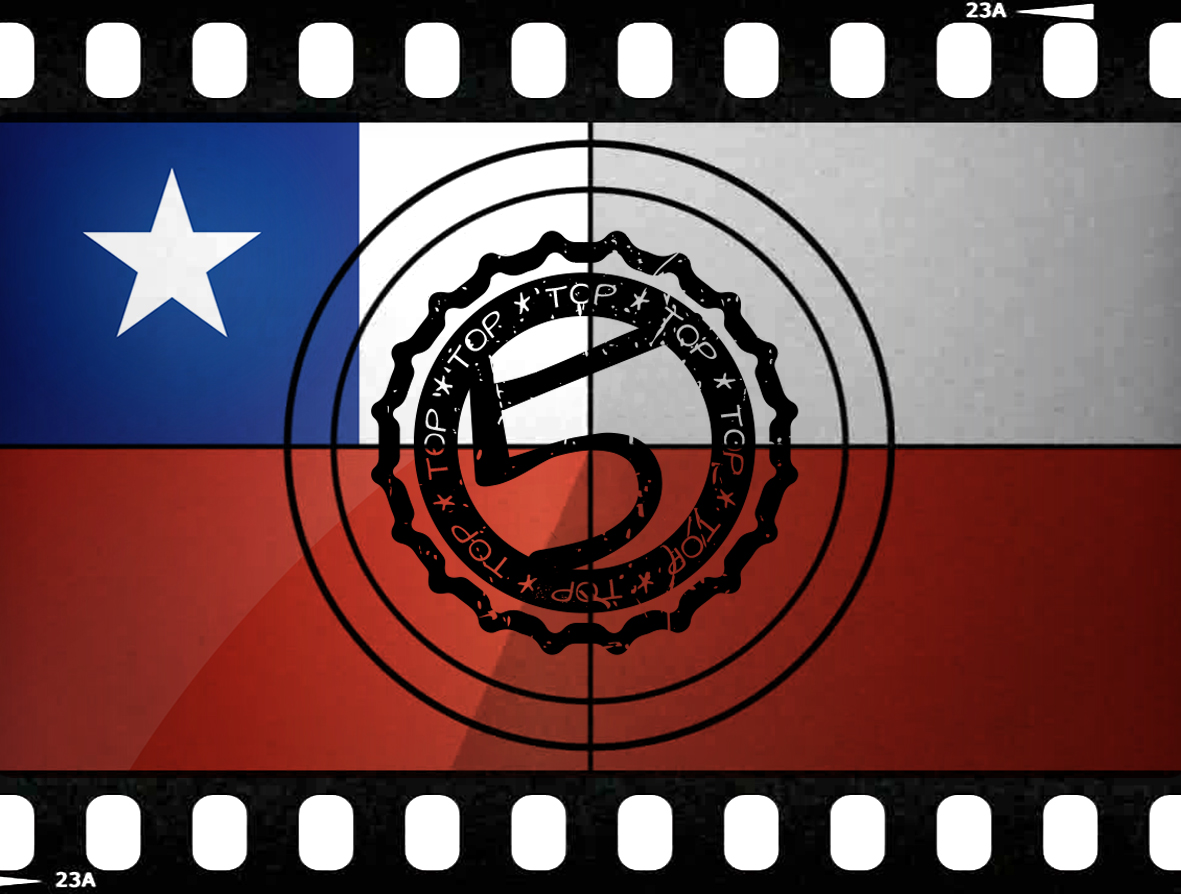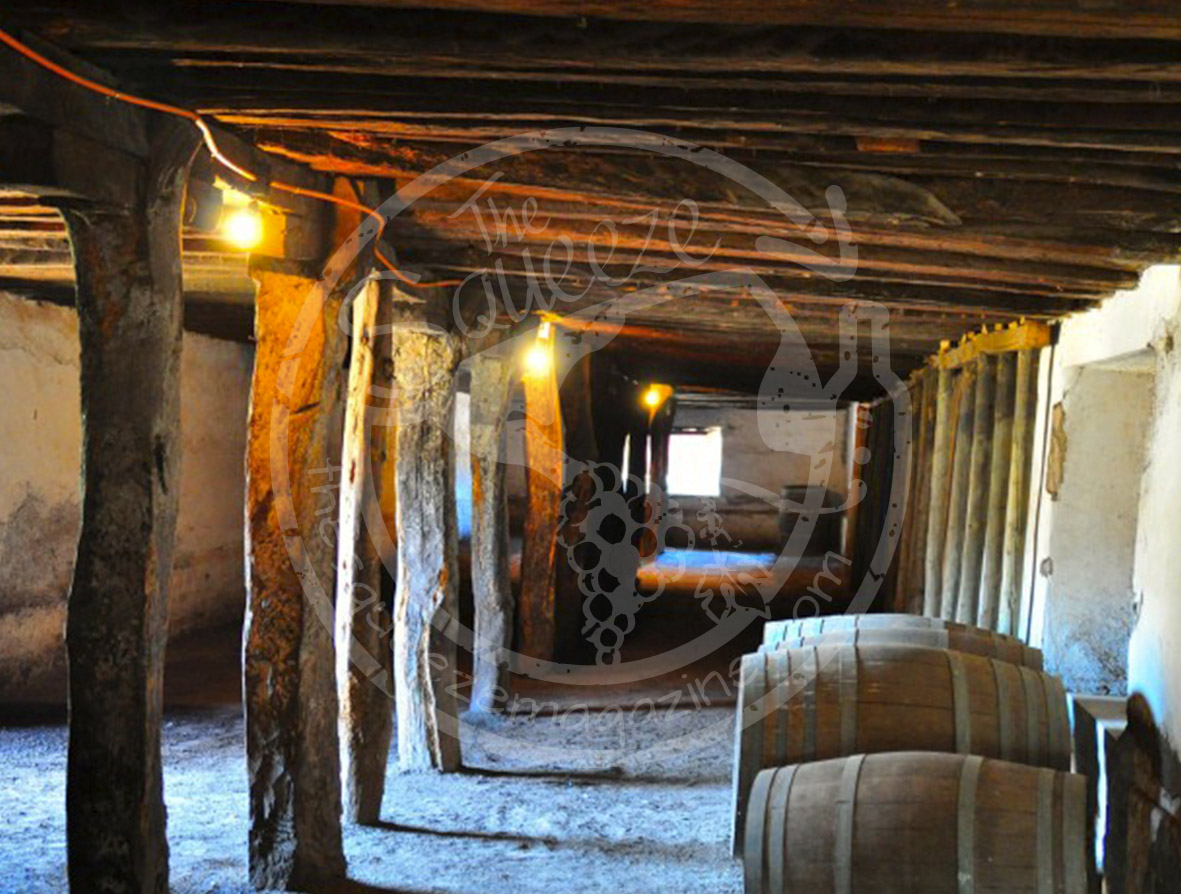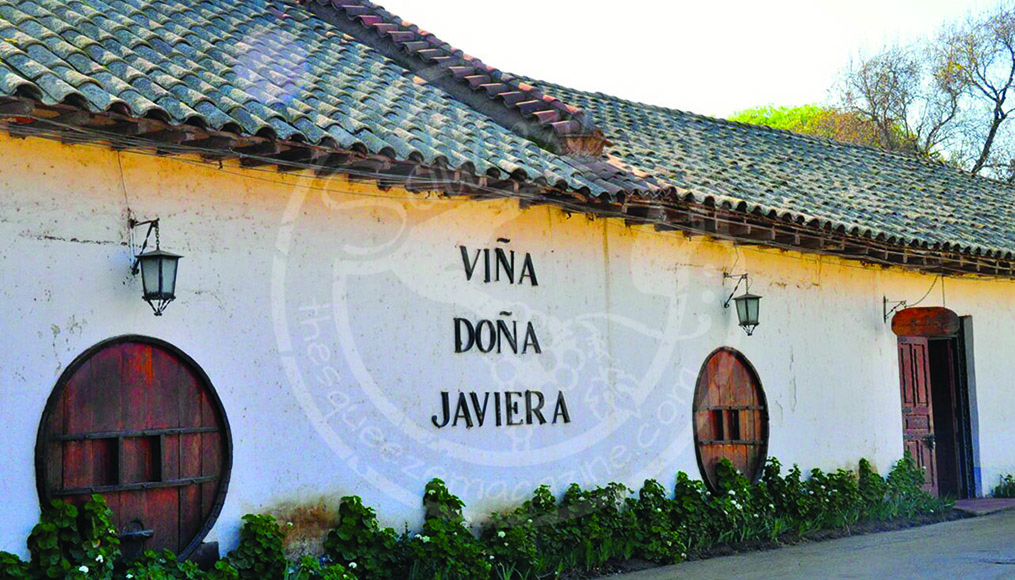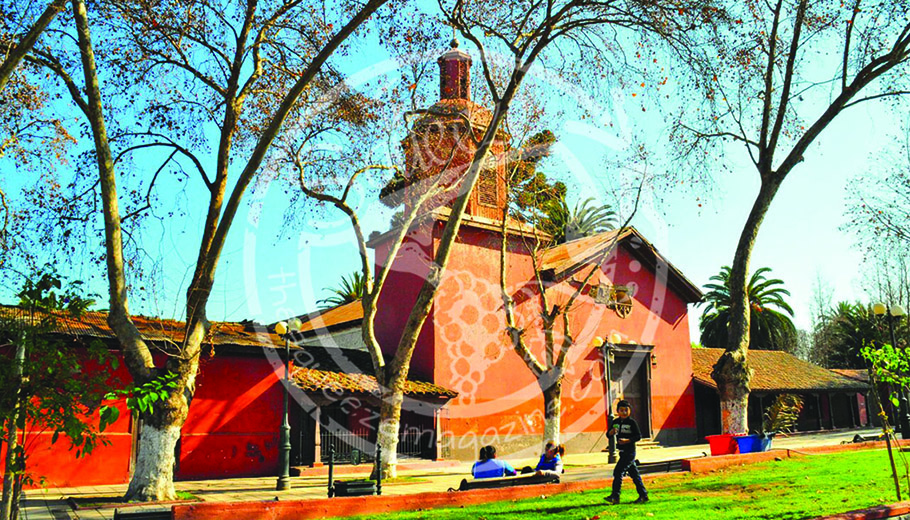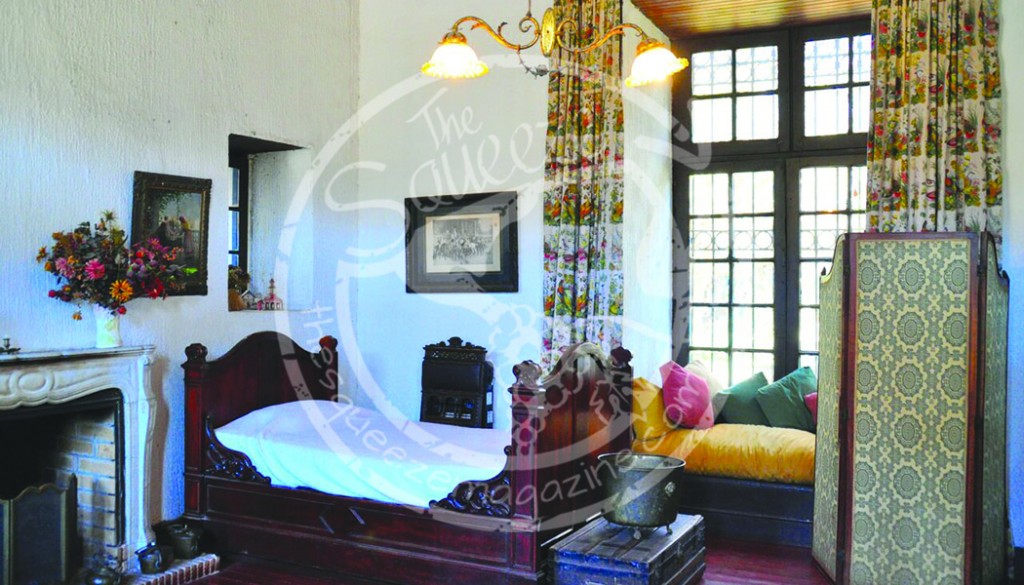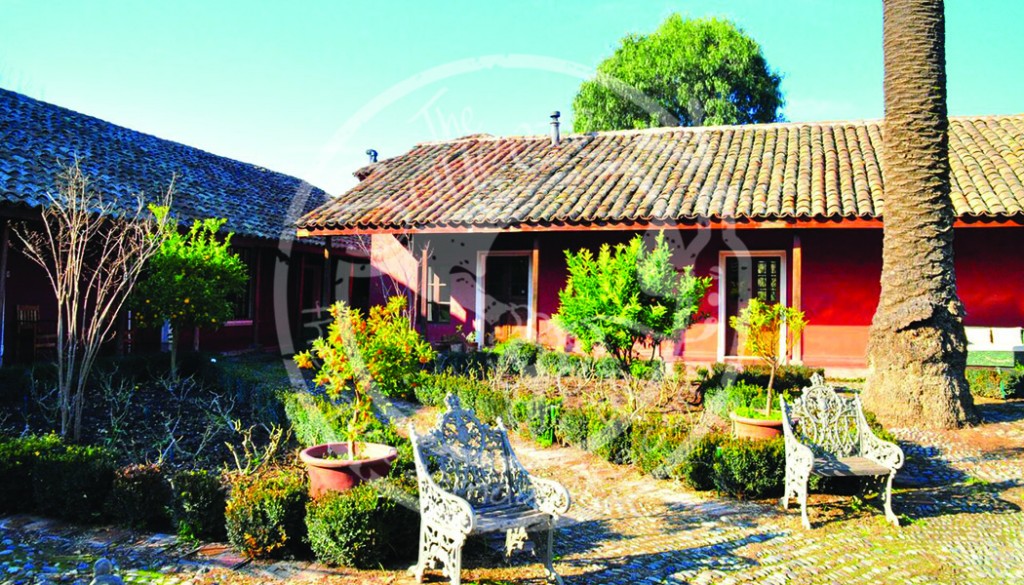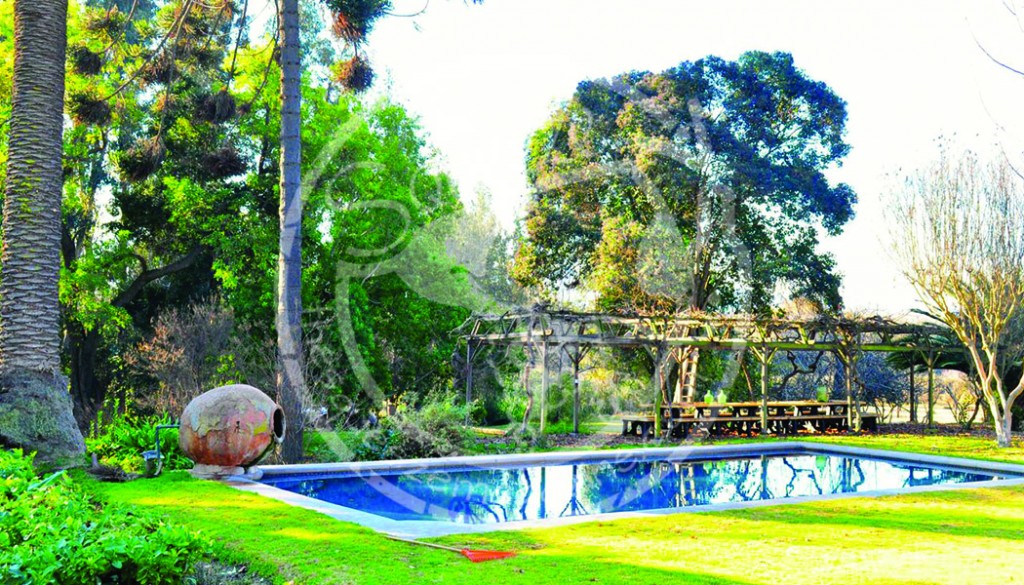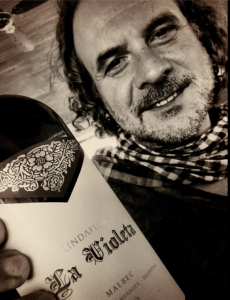It might be a tricky one to pronounce at first, but get your lips around an Argentine Bonarda and you’ll find one of Argentina’s most versatile and easy-drinking red varieties. Not to be confused with Bonarda Piemontese from Italy, this variety is Italian but in Europe, it is more commonly known by its French name, Douce Noir.
Bonarda guide
History of Bonarda
Bonarda in Argentina
Bonarda wines in the glass
Top three Bonardaphiles
Best Bonarda wines to try from Argentina
The essential Bonarda wine guide
Hectares planted of Bonarda in Argentina
18,304 hectares
Key descriptors of Bonarda
Deep purple colour. Aromas of red fruit (cherries, plums) & cloves. Dry with soft tannins (low), soft acidity (low) and medium body
Bonarda winemaking styles
A very versatile variety used in range of winemaking styles. Traditional red styles are lightly oaked (6 to 12 months) and have moderate alcohol levels (13%), while new styles range from fresh, carbonic maceration red wines with no oak to sparkling white, rosé or red wines (traditional and tank method). Monovarietals and blends.

